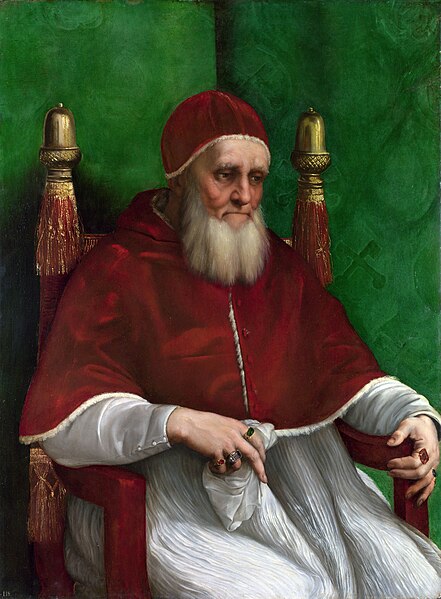Andrea Gritti was the Doge of the Venetian Republic from 1523 to 1538, following a distinguished diplomatic and military career. He started out as a successful merchant in Constantinople and transitioned into the position of Bailo, a diplomatic role. He was arrested for espionage but was spared execution thanks to his good relationship with the Ottoman vizier. After being freed from imprisonment, he returned to Venice and began his political career. When the War of the League of Cambrai broke out, despite his lack of experience, he was given a leadership role in the Venetian military, where he excelled. After the war, he was elected doge, and he held that post until his death.
Portrait by Titian (1540s)
His tomb in Venice.
War of the League of Cambrai
The War of the League of Cambrai, sometimes known as the War of the Holy League and several other names, was fought from February 1508 to December 1516 as part of the Italian Wars of 1494–1559. The main participants of the war, who fought for its entire duration, were France, the Papal States, and the Republic of Venice; they were joined at various times by nearly every significant power in Western Europe, including Spain, the Holy Roman Empire, England, the Duchy of Milan, the Republic of Florence, the Duchy of Ferrara, and the Swiss.
Pope Julius II, painted by Raphael (oil on wood, c. 1511). Julius attempted to secure Papal authority in Italy by creating the League of Cambrai, an alliance aimed at curbing Venetian power.
Alfonso I d'Este, Duke of Ferrara; excommunicated by Julius, he inflicted a number of defeats on the Papal forces
Pope Julius II on the walls of the conquered city of Mirandola (oil on canvas by Raffaello Tancredi, 1890, City Hall of Mirandola)
The death of Gaston de Foix during the Battle of Ravenna heralded a long period of defeats for France.






